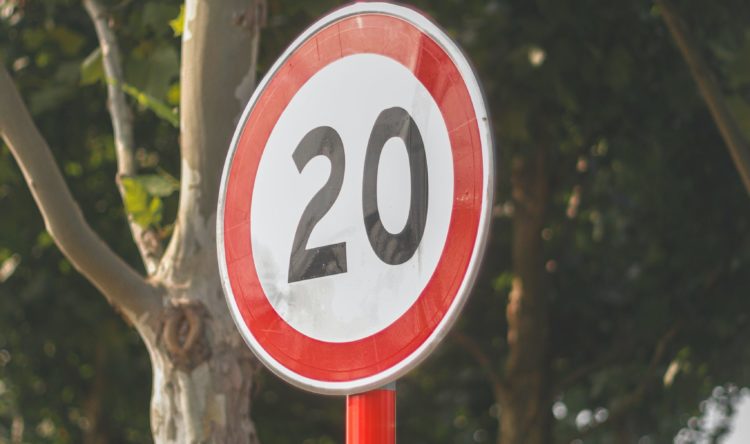Check out these frequently asked questions
From ADIs & PDIs from across the industry on a range of issues and topics
Powered by
Preparing For Christmas
This is my first year as an instructor and I’ve not taught through a winter yet. What should I plan for? Should I work more over the summer to offset the winter?
Richard, ADI
Answer: You’re right to plan ahead as many instructors do report a higher than normal amount of lesson cancellations over winter months, especially around an after Christmas due to finances being stretched and family commitments taking priority. There is also the increased chance of severe weather resulting in your inability to teach, and therefore earn.
However, there are some things you can do to be proactive:
- Have T’s & C’s in place and enforce these as per the agreement.
- Take payment in advance and encourage block bookings in the weeks before the holiday season.
- Review your own diary management and condense lessons to make the most of pupils being possibly more available due to the college holidays, and schedule in your own days off and family time. Or use the extra time to take on a semi intensive course or post test training incentives.
- Or you could take a holiday!
Think of clever ways of increasing your short term income. Many ADIs market their lessons as Christmas gifts and encourage lesson vouchers giving as presents. This can work well if you utilise local Facebook buying and selling pages. I know an instructor who made over £1000 on Christmas Eve just by advertising his ‘Looking for a last-minute gift?’ marketing ploy!
Many instructors also suggest pupils avoid booking the early morning test slots during the winter. Ice and fog can lead to tests being cancelled but by midday there is a higher chance of conditions improving and tests going out.
So, Happy Christmas!?
On The Right Route?
I’m thinking about covering Sat Nav use on my Standards Check. Is this a good subject and is there anything specific I should be including?
Sami, ADI
Answer: Think about why the DVSA introduced Sat Nav use into the driving test, the advantages and disadvantages
of Sat Navs, and the skills needed to drive while following a device. This will provide you with a great basis for a driving lesson. A lesson covering distraction, awareness and planning would be relevant to any pupil who has reached the appropriate stage to address these issues.
The first time a pupil uses a Sat Nav I would suggest programming in a route that is just a few minutes long. This allows you to stop and evaluate, change a plan or set goals for the next route, rather than committing to a longer journey and missing the opportunities to address any learning needs that come up.
Some interesting points you may find useful to introduce include discussions about being lost, going the wrong way, knowing when to trust a Sat Nav and when to question its instructions, programming it on the move, other devices that talk to us when driving.
Make the distances ‘real’ and perhaps include a discussion on alternative ways of navigating.
Part & Parcel
On my Part 3 Test, will the examiner ask to see my pupil’s driving lesson?
Mark, PDI
Answer: No. The examiner needs to see your driving licence and your pink licence (if you are training on a pink).
You will also be asked for your training log and your pupils lesson records. While neither of these two are compulsory, they do allow the examiner an opportunity to see your own training reflections and your pupil’s learning journey so far.
Here is the link to the relevant DVSA information:
https://www.gov.uk/adi-part-3-test/what-to-take
Geared Up for Green
Just some clarification on eco-driving for my imminent Part 2 Test. Should I be in 3rd or 4th gear on a straight, clear 30mph road?
Timothy, PDI
Answer: The principle of eco driving is to use the highest gear for the speed without the car labouring. Most modern petrol cars will do 30 in 4th, however accelerating in 3rd is far more effective as 4th gear tends to lead to a delay in reactions and insufficient power. For this reason, many drivers tend to choose 3rd at 30 as the speed range is flexible from around 15-60mph, based on cars needs and the situation.
Think of your Part 2 Test as your opportunity to show the examiner what you would teach your pupils and, with that in mind, what do you currently do when driving your car? I give you the same advice I give pupils – drive the car like a ‘driver’, not like a robot. The car will be sending feedback about its performance and you must listen and respond appropriately.
The examiner will want to see you drive the car in a business-like manner making good progress and responding to the car’s needs. The situations will vary greatly, so just go out and show your skills at being able to ‘listen’ to and, ‘understand’, what the car needs.
This should be your natural way of driving. Then it’s likely to become your natural way of teaching.
Good luck with your Part 2!
Amber Sees Red
I always thought an amber engine warning light wasn’t a reason for a test not going ahead, but a fellow instructor told me this is no longer true. Is he correct?
Ashton, ADI
Answer: The new regulations came in on the 4th June 2018 to reflect the new MOT failure criteria.
If a car presents for test with an amber warning light, the car will be refused for test. You’re right, over the years many of us have presented a car for test with a warning light on and as long as it’s not a safety critical warning about brakes, seat belts or airbags, the decision was mostly at the discretion of the examiner. However, since the law change, the DVSA website and guidelines have been updated to reflect them. I fear it may take a few weeks and some missed tests for the new message to get to all instructors!
If you’ve got a question for the team, please contact [email protected]
Lou Walsh – https://driving-instructor.site/
Marmalade – https://www.marmaladenetwork.co.uk/







